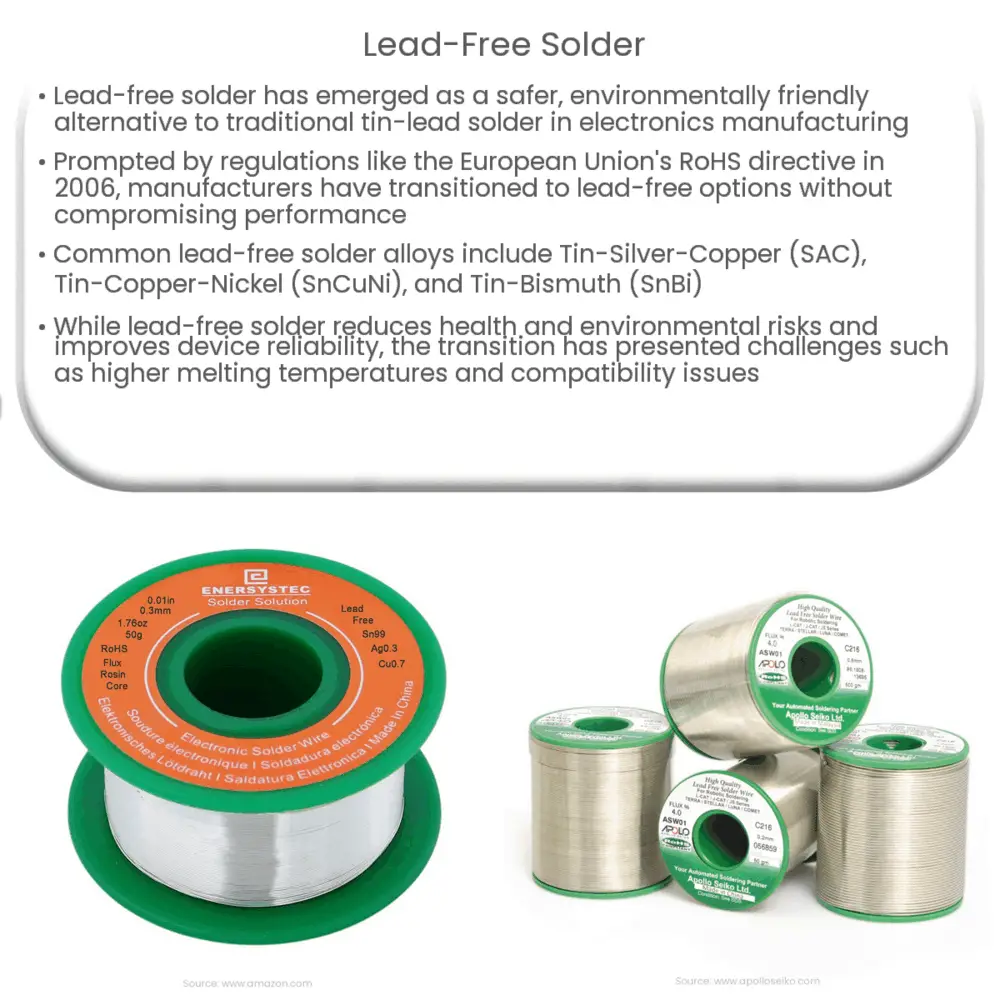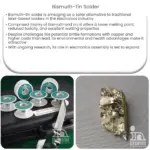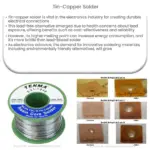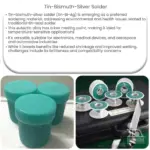Discover the benefits of lead-free solder in electronics manufacturing, its various alloys, advantages, challenges, and best practices for implementation.

Lead-Free Solder: The Safer Alternative for Electronics Manufacturing
A Brief History of Soldering and Lead-Based Solder
Soldering, the process of joining two metal surfaces by melting a filler metal (solder) into the joint, has been a fundamental technique in electronics manufacturing for decades. In the past, tin-lead (SnPb) solder was the primary choice for manufacturers because of its low melting point, excellent wetting properties, and ease of use. However, lead is a toxic heavy metal that poses significant health and environmental risks, leading to the search for safer alternatives.
The Emergence of Lead-Free Solder
As awareness of the dangers of lead grew, the European Union introduced the Restriction of Hazardous Substances (RoHS) directive in 2006, which significantly restricted the use of lead in electronic devices. This directive, along with similar regulations in other parts of the world, prompted the development of lead-free solder alloys. Today, lead-free solder has become the standard choice for electronics manufacturing, offering a safer and more environmentally friendly solution without compromising performance.
Types of Lead-Free Solder Alloys
There are several different types of lead-free solder alloys available, each with its unique properties and advantages. Some of the most common lead-free solder alloys include:
- Tin-Silver-Copper (SAC): This is the most widely used lead-free solder alloy, offering excellent mechanical strength and thermal fatigue resistance. SAC alloys typically contain 95.5% tin, 3.8% silver, and 0.7% copper.
- Tin-Copper-Nickel (SnCuNi): These alloys are characterized by their high strength and good thermal cycling performance. They are often used in automotive and power electronics applications. SnCuNi typically contains 99.3% tin, 0.7% copper, and a small amount of nickel.
- Tin-Bismuth (SnBi): This alloy is known for its low melting point, which makes it suitable for applications with temperature-sensitive components. However, it has lower mechanical strength compared to other lead-free alloys. SnBi typically contains 58% tin and 42% bismuth.
Advantages of Lead-Free Solder
Lead-free solder offers several advantages over traditional tin-lead solder, including:
- Reduced health and environmental risks: By eliminating lead, manufacturers can reduce the potential for lead poisoning and environmental contamination. This is particularly important for electronic waste (e-waste) recycling, as lead can leach into groundwater and soil.
- Compliance with regulations: Using lead-free solder helps manufacturers meet RoHS and other similar regulations, avoiding fines and potential product recalls.
- Improved reliability: Some lead-free solder alloys, such as SAC, offer enhanced mechanical strength and thermal fatigue resistance, which can result in more reliable electronic devices.
Challenges in Transitioning to Lead-Free Solder
Despite the numerous advantages of lead-free solder, the transition from tin-lead solder has not been without challenges. Some of these include:
- Higher melting temperatures: Lead-free solder alloys generally have higher melting points than tin-lead solder, which can require adjustments to soldering processes and equipment. This can also increase the risk of thermal damage to temperature-sensitive components.
- Compatibility issues: Some lead-free solder alloys may not be compatible with existing electronic components or surface finishes, necessitating redesigns or material changes.
- Cost considerations: Lead-free solder can be more expensive than traditional tin-lead solder, particularly for alloys containing silver. Manufacturers may need to evaluate the cost-effectiveness of different lead-free solder options for their specific applications.
Best Practices for Implementing Lead-Free Solder
To overcome these challenges and successfully transition to lead-free solder, manufacturers should consider the following best practices:
- Material selection: Carefully evaluate the properties and performance of different lead-free solder alloys to determine the best fit for your specific application and requirements.
- Process optimization: Adjust soldering processes, temperatures, and equipment to accommodate the higher melting points and unique properties of lead-free solder alloys.
- Staff training: Ensure that technicians and engineers are trained in the proper handling, storage, and use of lead-free solder materials, as well as any changes to soldering processes.
- Quality control: Implement rigorous quality control measures to ensure that lead-free solder joints meet required specifications and reliability standards.
- Collaboration with suppliers: Work closely with suppliers to ensure compatibility between lead-free solder alloys and electronic components, and to address any material or process changes needed.
Conclusion
Lead-free solder represents a significant advancement in electronics manufacturing, offering a safer and more environmentally friendly alternative to traditional tin-lead solder. By understanding the unique properties and challenges of lead-free solder alloys, and implementing best practices for their use, manufacturers can successfully transition to lead-free solder and enjoy the benefits of improved reliability, reduced health and environmental risks, and compliance with global regulations.




